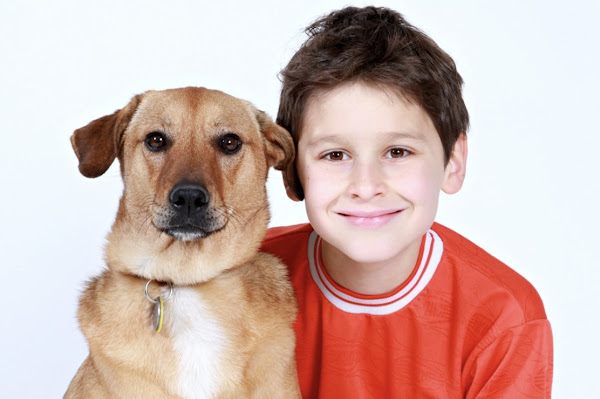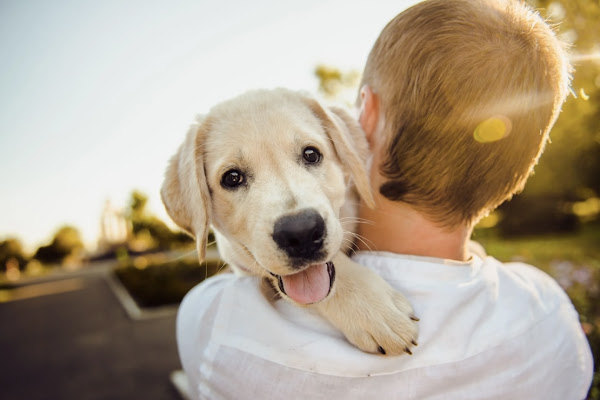1. Know When to Seek Professional help
In some cases, it might also be necessary to consult with dog bite lawyers. This is particularly true if a dog bite incident has already occurred. A dog bite lawyer specializes in these situations and can provide advice on your legal rights and responsibilities. This can be equally important in cases where your dog has bitten someone else's child or in situations where another person's dog has bitten your child.
2. Teach Children to Ask for Permission Before Touching a Dog
Approaching a dog correctly is also vital. Children should be taught to approach slowly, extend their hands, and let the dog sniff it first. This non-threatening gesture allows the dog to familiarize itself with the child's scent and is a widely accepted canine etiquette. Rushing into a petting session without these precautions may startle the dog, leading to potentially dangerous situations.
3. Show Children How to Approach a Dog
Teach children to speak calmly around dogs. Loud noises can startle them, leading to negative reactions. Also, children should avoid petting a dog while it's eating, sleeping, or caring for puppies. Respecting a dog's boundaries is crucial for peaceful coexistence and to prevent mishaps.
4. Never Leave Children Unsupervised with Dogs
Unsupervised interactions can harm the dog, especially if the child is very young and doesn't understand gentleness yet. Toddlers and young children are still developing their understanding of the world and may not know that rough handling can cause discomfort or pain. An adult's presence ensures respectful and gentle interaction, protecting both parties' welfare.
5. Teach Children How to Play with Dogs Properly
It's important to teach children that dogs are living beings with feelings and boundaries. This means respecting the dog's space and not disturbing them when they're sleeping or eating. Children can also learn to read a dog's body language, fostering mutual respect and a healthy relationship between child and dog.
6. Demonstrate How to Interact with Dogs Respectfully
Respect for dogs includes not disturbing them during meals, rest, or while caring for puppies. Children should also respect a dog's belongings, such as toys, beds, and food bowls, recognizing that these items belong to the dog and should not be taken without reason. Teaching these values early on helps children treat dogs with kindness and respect, promoting safety and harmonious relationships.
7. Teach Children How to Read a Dog's Body Language
Children should learn to recognize both signs of distress and positive signals from dogs. A relaxed body, a high, wagging tail, and an open mouth indicate a comfortable and approachable dog. Encouraging children to understand these signs fosters positive interactions with their furry friends, creating a shared language for harmonious coexistence.
8. Encourage Children to be Gentle and Kind to Animals
Teach children to understand and respect a dog's needs, such as the need for quiet time or to eat without disruption. Fostering empathy for animals from a young age ensures safer interactions with pets and nurtures compassionate individuals.
Parents and kids are responsible for ensuring children's safety around dogs. Use these eight strategies to foster a positive child-dog relationship. Monitor interactions and seek professional help if needed. With guidance, children can learn to respect dogs as valuable family members, promoting a lifetime of love and companionship. Continuing to educate ourselves and our children on safe dog interactions is important for harmonious relationships.








No comments
Thank you for dropping by! I would love to hear what you thought. :)
Thanks!
♥,
Diana